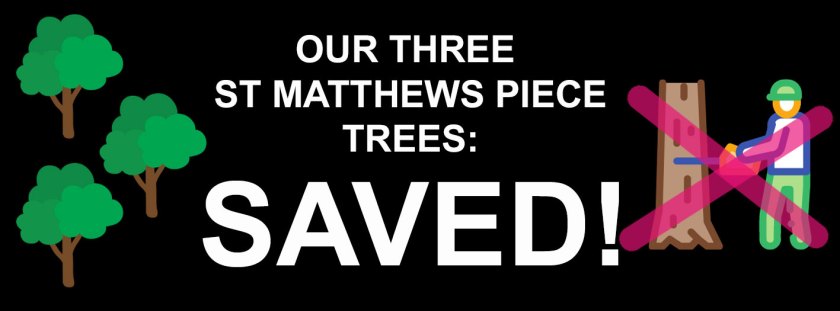A guest post from Friends of St Matthew’s Piece
A planning application for quadrupling the height and mass of the Grafton Centre has attracted far less attention and comment than the parallel one for the Beehive site. Almost none. But it would have comparable impact on the Mill Road Conservation Area environment, including the ‘green lung’ of St Matthew’s Piece. Read/download the documentation on the Greater Cambridge Shared Planning Portal, here.
The applicant’s Landscape And Public Realm statements fail to mention that the proposed structures would look directly into the residential housing estate, on the opposite side of East Road (from south to north – Amblecote, Fazeley House, Shenstone House, Wheaton House, Hilderstone House, and the new housing, under construction on the site of the former garages). Views shown from the proposed structure’s roof terrace reveal just how much the building will dominate the skyscape from much of central Cambridge. See the documentation on the Greater Cambridge Shared Planning Portal.

There has been no consultation in the Mill Road Conservation Area, although the views from so many of these homes and streets would be dramatically impacted by substantial changes to the skyline from this enormous development.
An objection to these proposals (PDF 2.9MB) in the name of Friends of St Matthew’s Piece has been submitted to Greater Cambridge Shared Planning.
The dramatic graphics (above), in addition to those in the Friends of St Matthew’s Piece submitted objection, show the existing vs minimum heights of the structures proposed in Planning Application 23/02685/FUL. The actual impact would be even worse, as the footprint also expands, and the height of the proposed structures rise to 41m. If we add in flues and vents, which (as revealed in the Beehive application) can rise to 25% again of these building heights, these proposals will dominate the skyline over a wide area of the city’s Petersfield ward.
To make clear what this means for residents of the Mill Road Conservation Area, not one of whom was at any stage informed of or consulted on these proposals, a technically adept Friend of St Matthew’s Piece has taken the developer’s precise figures from today’s new image and made an animated gif to show what the Old vs New Grafton Centre would look like, combining (a) info from this most recent image from the developer with (b) the image the developer provided on p.33 of their Design & Access Survey of the existing “low level” Grafton Centre…

The formal comment deadline for Planning Application 23/02685/FUL passed on Tuesday 28th November 2023. However public comments can still be uploaded to the the Greater Cambridge Shared Planning Portal – and will be taken into account – right up until the date of the Cambridge City Council Planning Committee meeting at which this application will be considered, which has not yet been scheduled.
More about Friends of St Matthew’s Piece
Local residents have been fighting to protect and conserve local amenity and environmental assets via Friends of St Matthew’s Piece since 30th April 2020 – and, before that, via Petersfield Area Community Trust, since 1998). Friends of St Matthew’s Piece stand on the shoulders of the giants who, 100 years earlier, in 1898 had established St Matthew’s Piece. This included planting the magnificent London Plane trees that provide all of us with such wonderful benefits today.
Blogposts on other issues concerning St Matthew’s Piece
- St Matthew’s Piece Trees – Saved! 3 November 2023
- St Matthew’s Piece Trees – The Crucial Meeting 31 October 2023
- St Matthew’s Piece Trees – The Final Frontier? 27 October 2023
- St Matthew’s Piece Trees – “Why don’t the planners…?” 15 August 2023
- St Matthew’s Piece Trees – Safe? 5 August 2023
- St Matthew’s Piece Trees – STILL under threat! 28 July 2023
- St Matthew’s Piece Trees (Again) 11 February 2023
- St Matthew’s Piece Trees – Under Threat 28 May 2022
- Victory for Friends of St Matthew’s Piece 25 March 2021
- Wildflowers for St Matthew’s Piece 6 November 2020
- Peace campaigner now speaks up for the Piece 19 September 2020
- Super Matt says Save St Matthew’s Piece! 20 August 2020
- “These images are like a nightmare” 7 July 2020
- Protect St Matthew’s Piece 23 June 2020
- Residents object to St Matthew’s Piece development 20 May 2020
If you would like to join Friends of St Matthew’s Piece or assist in any of the issues raised in this blogpost, kindly hosted by Mill Road Bridges, please email Friends of St Matthew’s Piece.





































